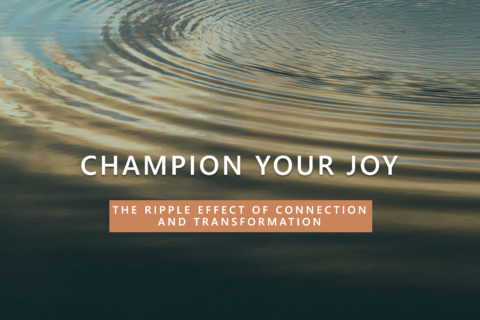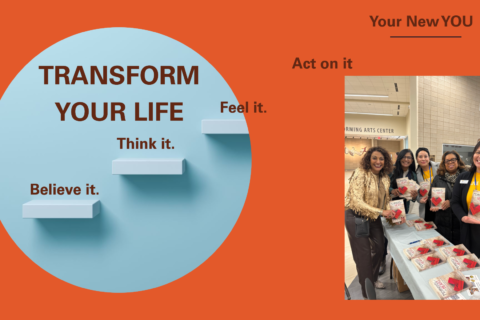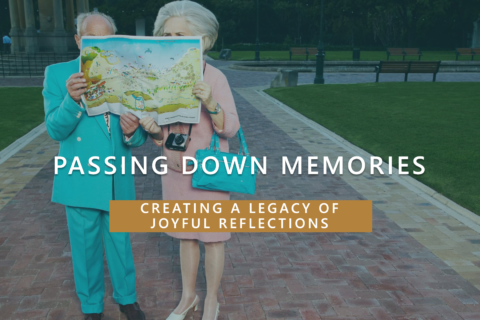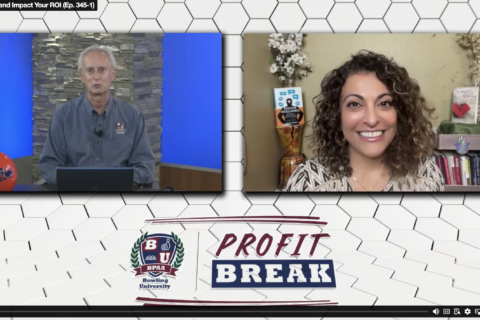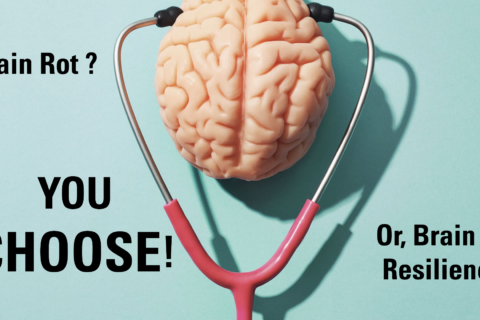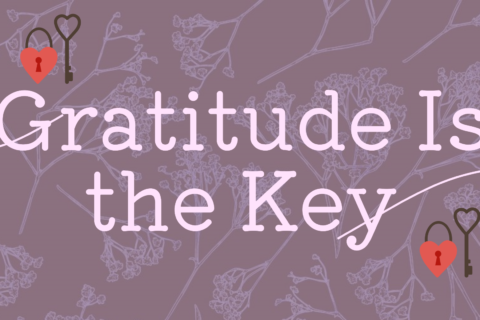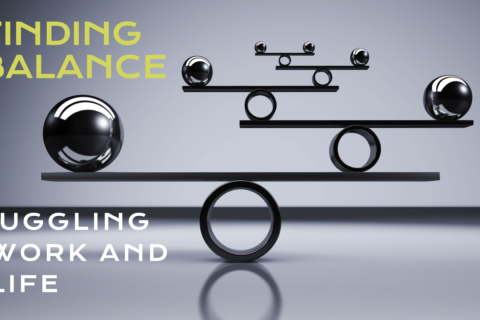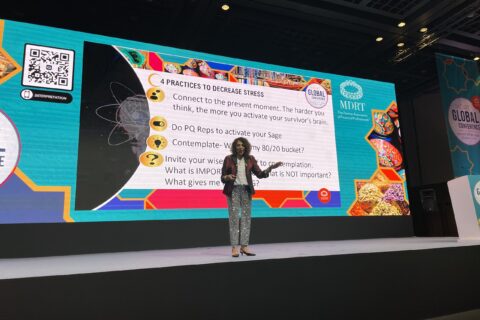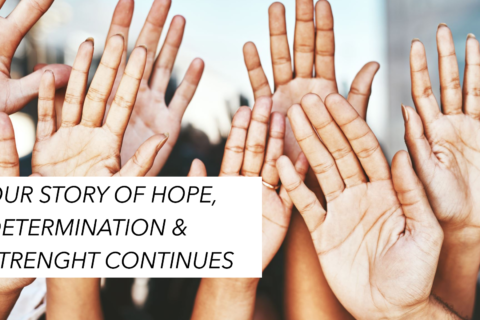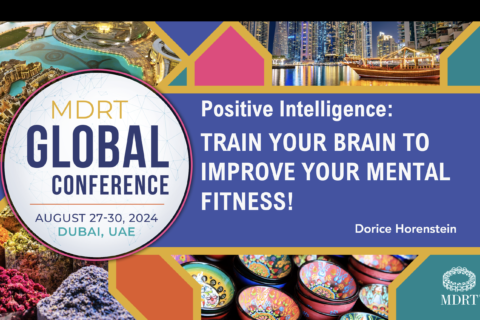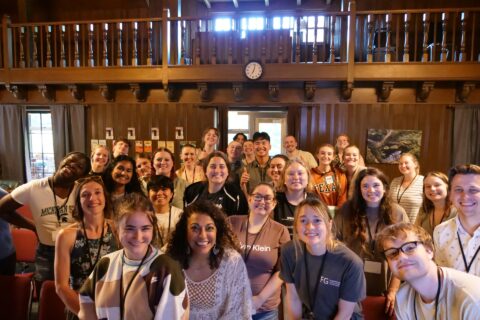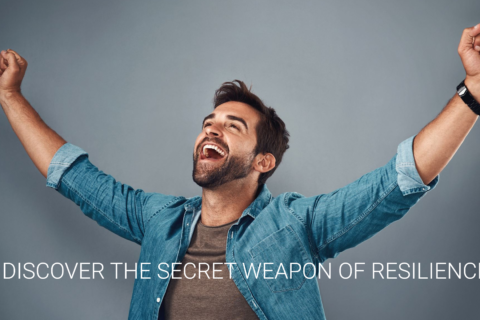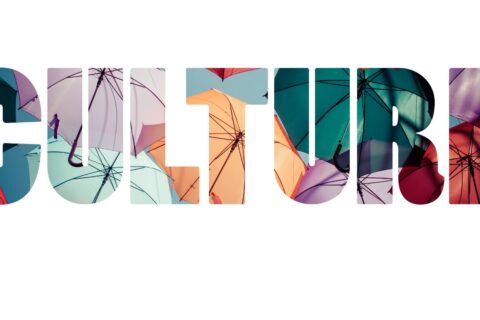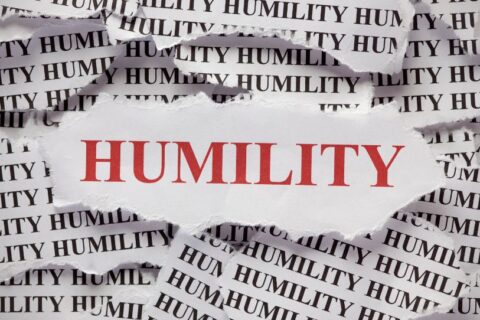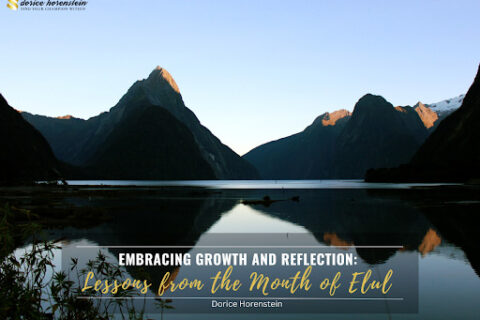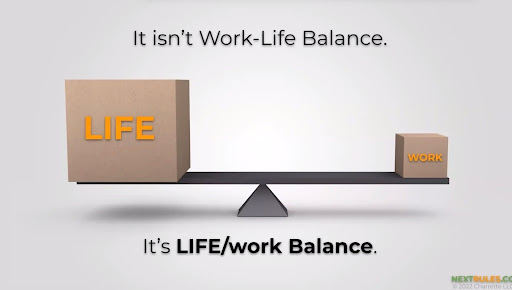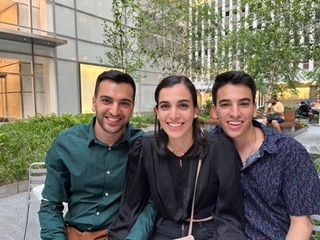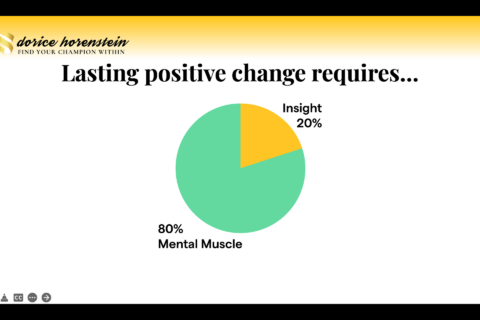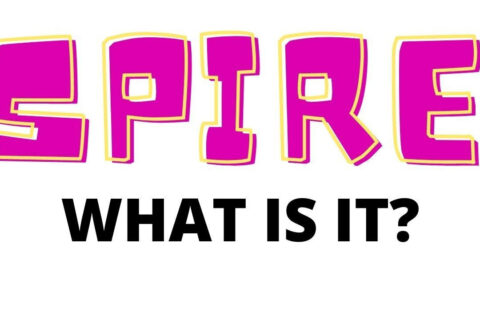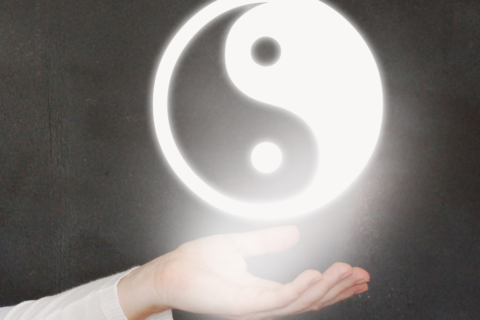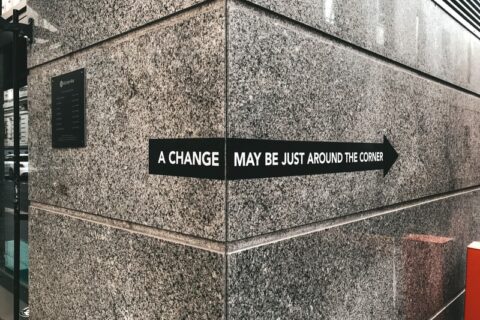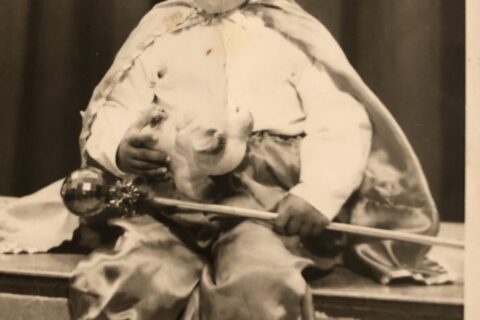
Have you ever found yourself reflecting on events, both past and present, while pondering their implications for the future? With everything going on in the world today—here in the U.S., in Europe, in Israel—the sense of unrest and lack of civility sometimes feels overwhelming. In these moments, I search for insights, for words that ground me and offer guidance.
This week, my search for meaning brought me back to the book of Genesis, specifically to the Torah portion of Vayera. This portion is packed with powerful stories: the three angels visiting Abraham, the tragic fate of Sodom and Gomorrah, Lot and his family fleeing, and, of course, the binding of Isaac. So many stories within a few chapters, each one rich with layers of wisdom.
One of the things I love most is looking at Hebrew words, uncovering the layers of meaning that are sometimes hidden and sometimes right there, waiting to be discovered. In this portion, I noticed something fascinating: three distinct verbs, each related to the concept of “seeing.”
In Hebrew, we find the words ra’ah, hebit, and shakaf, which translate roughly to “see,” “peer,” and “gaze.”
Yet each verb holds a unique nuance, offering a different perspective on how we perceive the world and our experiences.
I couldn’t help but wonder: What might these distinctions teach us about how we approach our own lives?
Seeing: Grounded in the Present
The verb ra’ah means “to see,” and it often represents being fully present, grounded in the here and now. In the story, Abraham sees the three angels, and Lot sees them as they approach the city gates. There’s an immediacy here, a call to be fully aware and open to what’s happening right before us. Ra’ah is about noticing, accepting, and understanding what is present without being preoccupied with the past or the future.
What does this mean for us? Ra’ah encourages us to practice mindfulness. To truly “see” is to recognize what’s happening around us, to engage fully in the moment, and to respond to situations as they are. This kind of seeing keeps us grounded and adaptable, reminding us to stay receptive to the present.
Peering: Focused on the Past
Then, there’s hebit, the verb associated with Lot’s wife as she looked back at Sodom. Hebit implies peering with a certain attachment, a longing or regret that ties us to the past. Lot’s wife couldn’t let go of her former life, and in her hesitation, she became a pillar of salt—a powerful metaphor for what can happen when we’re too anchored to what has been.
And what does this mean for us? In our own lives, hebit is a caution against dwelling on the past, especially when it prevents us from embracing new possibilities. Peering backward can bind us emotionally to what once was, holding us back from the growth and transformation that lie ahead.
Gazing: Directed Toward the Future
Finally, we have shakaf, used to describe Abraham’s gaze upon the destruction of Sodom and Gomorrah. Unlike peering, this gaze is not about attachment but about forward-thinking contemplation. Abraham’s gaze carried empathy, a desire to understand divine justice, and an openness to what lessons could be gleaned for the future. Shakaf suggests a thoughtful, reflective look that considers what lies beyond the present.
How can we apply this? Shakaf reminds us to look at our experiences with a growth-oriented outlook. This kind of gaze encourages us to extract lessons and use them to guide our future decisions. It’s a gaze filled with resilience and hope, one that shapes our mindset and actions as we move forward.
A Formula for A Balanced Approach to Life
By assigning ra’ah to the present, hebit to the past, and shakaf to the future, we create a balanced framework for navigating life.
It invites us to honor the past without being trapped by it, to envision the future with purpose, and to engage fully in the present.
So, as we encounter moments that call us to “look” in one direction or another, may we ask ourselves: Are we seeing what’s before us with clarity? Are we peering back with too much attachment? Or are we gazing forward with hope and purpose? This way of looking—seeing, peering, gazing—encourages us to be mindful of where our focus lies, helping us to live each day with wisdom, intention, and the courage to move forward.
PS: If you enjoyed this message, don’t keep me a secret- please share it and always connect if you have a need for a speaker!
Stay connected and keep growing!
For more insights and tools on building your resilience and tapping into your sage mind, visit doricehorenstein.com.
About Dorice Horenstein
Dorice Horenstein, renowned as the “Oy to Joy” International Resilience Speaker, transforms tactics into practical strategies! As a Positive Intelligence expert and best-selling author of Moments of the Heart: Four Relationships Everyone Should Have to Live Wholeheartedly, Dorice energizes and motivates global audiences to uncover their inner champions. With a background in educational leadership, she has made the world her platform, fostering positive cultures by empowering individuals to overcome challenges, build resilience, and find joy, leading to personal and professional growth.
Dorice is a dynamic speaker whose energy and charisma have a global impact. Her core superpower is her ability to present, train, and coach effectively. She redefines “T.E.A.M.” as “Together Everyone’s Attributes are Magnified,” inspiring others to recognize their strengths, enhance effectiveness, and joyfully step into their destined leadership roles. Her mission is to cultivate healthy, positive relationships that reduce stress, increase retention rates, and create a more positive culture both at work and at home.









